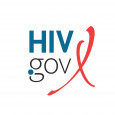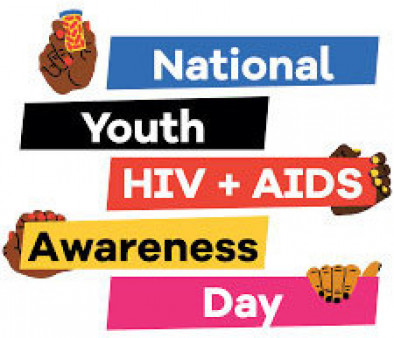Wednesday, April 10, marks National Youth HIV & AIDS Awareness Day (NYHAAD). It has been commemorated annually since 2013 and is directed by Advocates for Youth, an organization that partners with young people and their adult allies to promote effective adolescent reproductive and sexual health programs and policies. NYHAAD is a day to educate and urge policymakers and the public to act regarding the impact of HIV on young people, as well as highlight the HIV prevention, treatment, and care campaigns for this community.
According to the CDC, youth between the ages of 13 to 24 made up 19% of all new HIV diagnoses in the United States in 2021. The CDC also reports that they are the least likely of any age group to be aware of their HIV infection. Thus, it is key for youth to have access to and receive HIV education, prevention, and testing, as, per the CDC, in 2021 only 6% of high school students have ever been tested for HIV (PDF, 9.88MB). NYHAAD is a crucial part of ongoing efforts to end the HIV epidemic and provides the opportunity to raise awareness about the impact of HIV and AIDS on youth and share important resources that can help combat the HIV epidemic. Please use the resources below to support the ongoing efforts to reduce HIV and AIDS in this community.
Get Involved with NYHAAD
From April 5-11, Advocates for Youth invites the public to take part in a series of events and activities in the lead-up to NYHAAD. Check out their social media toolkit and other resources to participate.
Share these social media posts, available in English and Spanish, to help spark conversations about HIV prevention methods to reduce HIV among youth. Be sure to include #StopHIVTogether and #NYHAAD in your posts to amplify your messages!
Read more about the impact of HIV and AIDS on young people. Fact sheets for youth and other individuals, parents, healthcare providers, and education agencies are also available.
CDC’s School Mental Health Action Guide
CDC recently released a mental health action guide for school and district leaders to help them support student and staff mental health. The action guide is a direct response to recent Youth Risk Behavior Survey findings, which show that adolescent mental health has been worsening for more than a decade and that key indicators of poor mental health have reached alarming levels. The action guide can help schools build on what they are already doing to promote students’ mental health and find new strategies to fill in gaps. Explore the action guide and new tools designed to put the guide into practice.
Connecting Conversations: Tips for Parents and Caregivers
Connecting with teens can reduce their risk for poor mental health and other health risks. Find tips for starting the conversation and making it a normal part of your family’s daily activities.
Mental Health Matters
Protecting youth health means protecting youth mental health. Building strong bonds at school, at home, and in the community provides youth with a sense of connectedness—a powerful tool for supporting their mental health. Learn more about youth mental health and the power of connectedness.
To learn more about HIV and awareness days, subscribe to our blog and search for NYHAAD and other awareness days. Together, we can help young people stay healthy by encouraging HIV prevention, testing, treatment, and care.
This blog post was published April 3, 2024, on HIV.gov.








Comments
Comments